What is the most extreme environment in which electronic components can operate?
According to Electronic Component News’ Paul Pickering, it’s the planet Venus, where temperatures reach 500°C and the atmosphere contains clouds of sulfuric acid.
While most applications won’t require you to prepare your connectors for space travel, there is an increasing demand for components that can withstand extreme or harsh environments.
What makes extreme environments extreme? Here are some factors to consider:
Temperature and the elements
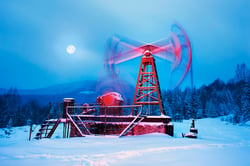
Temperatures are considered harsh when they reach the range of -55°C/-67°F to 150°C/302°F. Both very high and very low temperatures can harm electronics systems.
In addition, rain, water vapor, and water submersion, as well as dust and dirt in both indoor and outdoor environments, can all cause damage to components.
Pressure
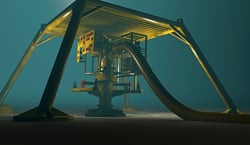 Technology for downhole and deep-sea applications needs to function under extreme pressure. For example, the pressure inside a deep-sea well can surpass 20,000 psi.
Technology for downhole and deep-sea applications needs to function under extreme pressure. For example, the pressure inside a deep-sea well can surpass 20,000 psi.
“Rather than expose electronics to such conditions, downhole designs typically house their electronics in a pressure vessel,” writes Pickering. “The housing consists of alloys such as beryllium copper or Inconel, a nickel/chromium/iron combination, which are resistant to corrosion at high temperatures.”
Corrosion
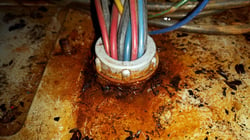 Most corrosion is caused by high humidity combining with salt fog, but some industrial chemicals can also cause corrosion, including various acids as well as bases such as ammonia.
Most corrosion is caused by high humidity combining with salt fog, but some industrial chemicals can also cause corrosion, including various acids as well as bases such as ammonia.
“To protect against chemical intrusion and dust, electronic equipment uses sealed enclosures and connectors,” Pickering says. “At the board level, manufacturers apply a transparent conformal coating that's 25 – 250μm thick. Different materials are used depending on the application, including acrylic, polyurethane, silicone, or UV-cure hybrid materials.”
Rough handling
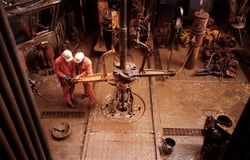 Sometimes a harsh environment has nothing to do with environmental factors such as temperature or pressure. Some connectors are simply subjected to a great deal of wear and tear, either because they are dragged, dropped, or coupled and uncoupled several times a day. Any of these things can cause damage and affect the connector’s reliability.
Sometimes a harsh environment has nothing to do with environmental factors such as temperature or pressure. Some connectors are simply subjected to a great deal of wear and tear, either because they are dragged, dropped, or coupled and uncoupled several times a day. Any of these things can cause damage and affect the connector’s reliability.
Shock and vibration
Shock and mechanical vibration are ever-present in electronic equipment, as Pickering notes, causing mechanical stress, which in turn leads to cracks in solder joints, metal fatigue and loose fasteners.
What should connectors for extreme environments include?
When choosing connectors for extreme environments, look for these critical features:
- Material – It’s crucial that the material from which the connector is fashioned is appropriate for the environment. For example, if a connector will be used in environments where moisture or dust are factors, they will need a corrosion resistant shell plating.
- Proper sealing – There must be superior environmental seal retention. For instance, hermetically sealed connectors are air and gas-resistant.
- Coupling Methods – Connectors used in harsh environments must have a durable coupling method. Depending on the application, this can be threaded, bayonet, push-pull, latch lock, and so on.
- IP rating – Connectors for harsh environments will need Ingress Protection (IP) ratings that protect against dust exposure, short and long-term immersions, and high-temperature water and steam.
PEI-Genesis offers harsh environment connectors from brands such as Amphenol
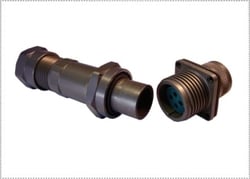 PEI is proud of its position as one of the largest global value-added distributors of harsh environment connectors for a range of applications. We stock a multitude of connectors designed to withstand these rugged environments from industry-leading manufacturers, such as Amphenol, which makes the Star-Line® series, ITT Cannon, Souriau, TE Connectivity DEUTSCH, and more. We work hand-in-hand with OEMs to ensure our customers receive outstanding products with exceptional service, technical expertise, and flexibility.
PEI is proud of its position as one of the largest global value-added distributors of harsh environment connectors for a range of applications. We stock a multitude of connectors designed to withstand these rugged environments from industry-leading manufacturers, such as Amphenol, which makes the Star-Line® series, ITT Cannon, Souriau, TE Connectivity DEUTSCH, and more. We work hand-in-hand with OEMs to ensure our customers receive outstanding products with exceptional service, technical expertise, and flexibility.











